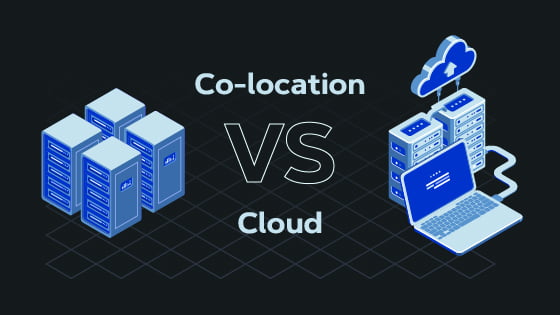The Future of Enterprise Data Centres, What’s Next?
With the rise of cloud computing, traditional enterprise data centres are adapting and evolving. These changes are being driven by internal cost pressures and the shifting role of data centres, but also by external pressures such as data protection regulations.
By 2025, the number of micro data centres will quadruple, due to technological advances, such as 5G, new batteries, hyper converged infrastructure (HCI), and various software-defined systems (SDx).
Data centre professionals should watch the development of technologies like infrastructure automation tools, AIOps, disaster recovery as a service (DRaaS), and network performance monitoring and diagnostic (NPMD) tools and public cloud storage.
Enterprise data centres will have five times more computational capacity per physical area (square feet) than today.
A key trend explored is the move towards more resilient and service-defined data centres. As enterprise data centres become more intelligent, automated, software-defined and modernised by new technology, their resiliency will improve.
Hybrid IT infrastructure may continue to present new challenges in the years to come. Due to the nascence of the infrastructure options, failover and failback capability, high availability and disaster recovery methods may not yet have been established in many cases.
In addition, existing backup and disaster recovery practices, tools and procedures may no longer be compatible and might need to be replaced. Options for hybrid IT services to support cloud-based failover are limited.
Significant amounts of third-party independent software vendor (ISV) solutions that are deployed for on-premises infrastructure are not supported in hybrid cloud offerings. These rely on their internal services for high availability, backup and disaster recovery.
Data centre professionals should watch the development of technologies like infrastructure automation tools, AIOps, disaster recovery as a service (DRaaS), and network performance monitoring and diagnostic (NPMD) tools and public cloud storage.








